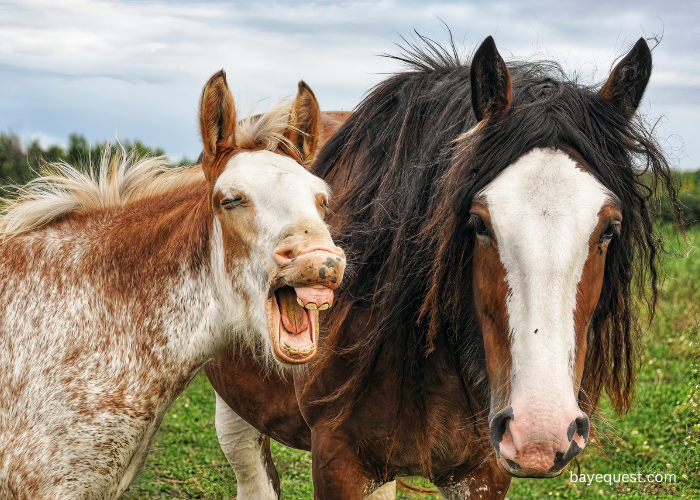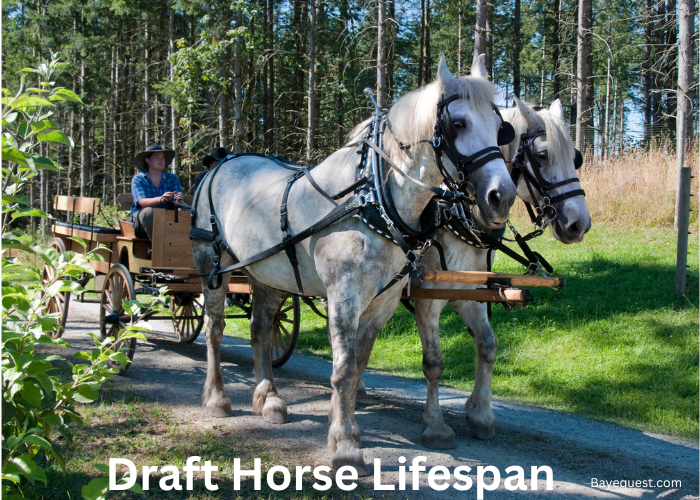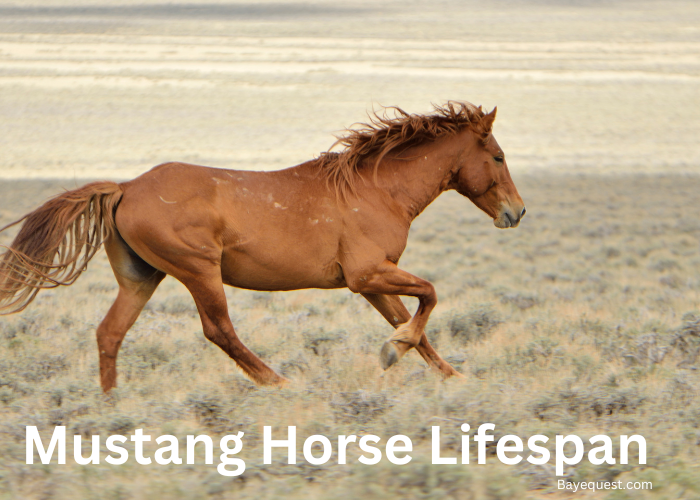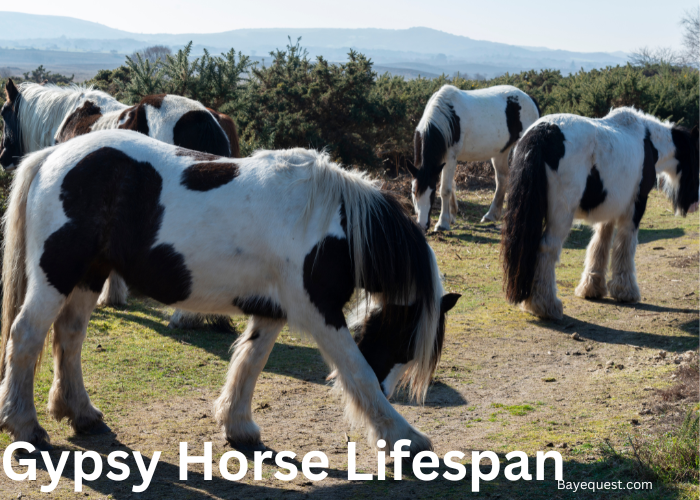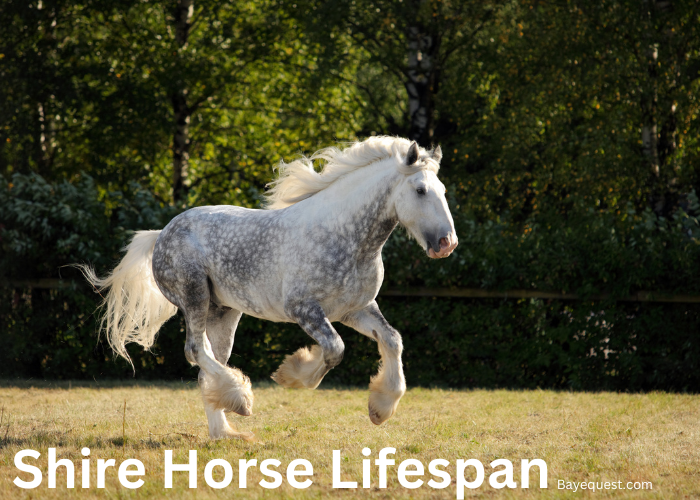No two horses look exactly alike. Their unique face and leg markings set them apart, like fingerprints for humans.
A white blaze, a star, or a snip can add character to a horse’s face. Socks, stockings, and coronets give their legs a distinct touch.
These markings aren’t just for looks—they can help identify a horse at a glance. Some even come with superstitions.
Ever heard that a horse with four white socks is bad luck?
Let’s break down the different horse face and leg markings, what they mean, and why they matter.
What are Horse Markings?
Horse markings are distinct patterns of white hair found on a horse’s coat, on the face and legs.
These markings are used to help identify individual horses, as they are unique and often stay the same throughout the horse’s life.
Markings can vary in size, shape, and location, giving each horse a unique look. They are often passed down genetically but can also occur randomly.
Face markings include features like stars, blazes, and snips, while leg markings range from coronets to stockings. These markings serve both practical and aesthetic purposes in the horse world.
Horse Face Markings
Horse face markings give each horse a unique identity, adding charm and personality to their appearance.
From small stars to bold blazes, these markings make every horse stand out in its special way.
Let’s explore the different types of face markings and what makes each one distinctive.
Star
A star is a small patch of white found on a horse’s forehead. Its size and shape can vary a lot, from tiny specks to larger, well-defined spots.
This simple marking often gives the horse an expressive, gentle look. Stars are common among many breeds, such as Quarter Horses and Thoroughbreds.
Snip
The snip is a dash of white on a horse’s muzzle, usually between the nostrils. It can be narrow or wide, and sometimes it’s just a tiny dot.
A snip adds a touch of uniqueness, especially when it contrasts with darker coat colors. Snips are often seen on Arabians and Paint horses.
Strip
A strip is a narrow line of white running down the face, from the forehead to the muzzle. It’s usually thin and distinct.
Some strips are straight and even, while others can have little twists or variations along the way.
Strips are common in breeds like Morgans and Standardbreds. One disadvantage of strips is that, when combined with other markings, they can look similar to other types
Blaze
A blaze is a wide band of white that runs from the forehead to the nose. Unlike the thin strip, a blaze is broader and more noticeable.
It can vary in width, sometimes nearly covering the entire face. Blazes are frequently found on Clydesdales and Appaloosas, adding to their striking appearance.
Bald
A bald face is a striking marking where most of the horse’s face is white, often reaching around the eyes and covering the nose.
This type of marking is eye-catching and stands out, especially on darker-colored horses like Friesians and Paints.
However, bald-faced horses often have more exposed pink skin, which can be more sensitive to sunlight and prone to skin issues such as sunburn or irritation.
Ermine
Ermine spots are small dark spots that appear within white markings, often seen on the legs but sometimes also near facial markings.
These spots are not very common but add a distinct element to a horse’s appearance.
Ermine spots can be found in several breeds, including Gypsy Vanners and Belgian Drafts.
Combinations
Horses can have a mix of these face markings, leading to interesting combinations. For example, a horse might have a blaze combined with a snip or a star and a strip together.
Each combination creates a unique look, giving every horse a personality all its own. Such combinations are common in breeds like Thoroughbreds and Quarter Horses.
The downside is that complex combinations can make marking descriptions more difficult when documenting or identifying the horse.
Horse Leg Markings
Horse leg markings are distinct white patterns found on a horse’s legs, giving each horse its signature look.
Let’s take a closer look at the different types of leg markings and what sets them apart.
Coronet
The coronet marking is a thin band of white found just above the horse’s hoof, encircling the top of the hoof wall. This marking is subtle and adds a delicate detail to a horse’s leg.
It’s common among breeds like Thoroughbreds and Arabians. While it adds charm, the small size of the coronet makes it less effective for identification purposes.
Pastern
A pastern marking extends from the coronet up to and just above the pastern area, but it doesn’t reach the fetlock joint.
It’s like a longer version of the coronet and is commonly seen on breeds such as Tennessee Walkers and Standardbreds.
A pastern marking can be easily mistaken for a sock when viewed from a distance.
Ermine
Ermine spots are small dark spots that appear within the white areas of leg markings, often found around the coronet band.
These dark spots can add an element of individuality to the horse’s leg markings.
It’s often seen in breeds like Shire horses and Clydesdales. However, the presence of ermine spots can make it harder to distinguish markings clearly.
Fetlock/Sock
The fetlock or sock marking extends from the coronet past the pastern to the fetlock joint, sometimes reaching just above it.
This marking looks like the horse is wearing a white sock, giving an elegant appearance. Breeds like Quarter Horses and Paints frequently have this type of marking.
However, socks may sometimes vary in height between legs, which can create an asymmetrical appearance that some may not prefer.
Boot
The boot marking is taller than a sock but doesn’t quite reach as high as a full stocking. It covers a larger portion of the leg, ending below the knee or hock.
Boot markings are less common, making them an interesting feature on breeds like Mustangs or Warmbloods.
Stocking
A stocking is a tall white marking that extends almost up to the knee or hock. It’s the most prominent leg marking and can make a horse’s leg look longer and more graceful.
Stockings are common on breeds like Clydesdales, giving them their iconic look.
Significance of Horse Face and Leg Markings
Horse face and leg markings are more than just physical traits. They hold practical, aesthetic, and even historical importance.
Here’s why they matter:
1. Identification
Face and leg markings are like a horse’s natural signature. It helps owners, breeders, and handlers quickly identify individual horses.
In competitions or large herds, these markings are vital for distinguishing one horse from another.
Unique combinations of stars, blazes, stockings, and socks make each horse easy to recognize at a glance.
2. Breeding and genetics
Markings can be indicators of genetic traits passed down from parents to offspring.
While the patterns may not directly affect a horse’s performance, their consistency in breeding can be important to horse breeders.
3. Aesthetic appeal
Markings can add to a horse’s overall beauty and character. Many owners take pride in the unique markings that set their horse apart.
Horses with bold, eye-catching markings are often considered more striking, enhancing their visual appeal in both shows and casual riding.
4. Folklore and superstition
Throughout history, horse markings have been associated with myths and folklore.
For example, a horse with a star marking was once believed to bring good luck, while a horse with a bald face was thought to have magical qualities.
These traditions still add a layer of charm and intrigue to horse markings today.
Read also: Mythical Horse Names.
5. Sun sensitivity
One significant downside of face and leg markings, particularly those that involve large areas of white hair, is increased sensitivity to the sun.
Horses with extensive white markings, such as bald faces or high stockings, often have pink skin underneath that is more prone to sunburn.
6. Connection and personality
For many owners, face and leg markings are seen as part of the horse’s personality. Certain markings, like a snip on the nose or a wide blaze, can make a horse seem more approachable or gentle.
Over time, owners may come to associate these markings with the unique temperament or behavior of their horse.
Horse Face and Leg Markings: Conclusion
Horse face and leg markings are like fingerprints—unique and full of character. They help us recognize, appreciate, and connect with each horse on a personal level.
Whether it’s a tiny star on the forehead or tall stockings on the legs, each marking tells a story. They’re more than just spots of white; they’re part of what makes each horse special.
So, next time you see a blaze or a snip, take a moment to admire it. It’s those little details that make every horse truly one of a kind.
Also, check out our other article, “equine leg anatomy” to know more about parts of a horse leg and how to take care of it.




